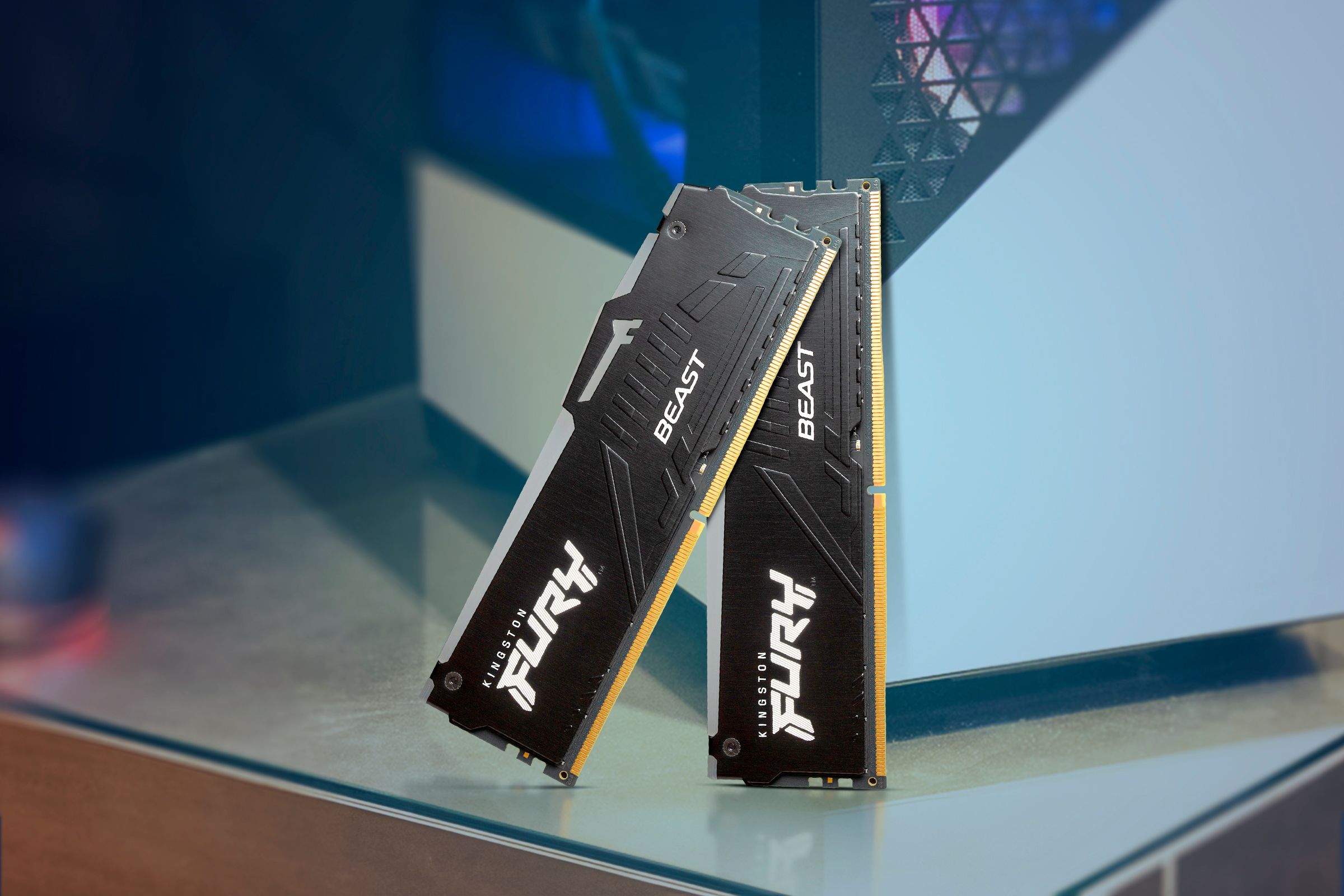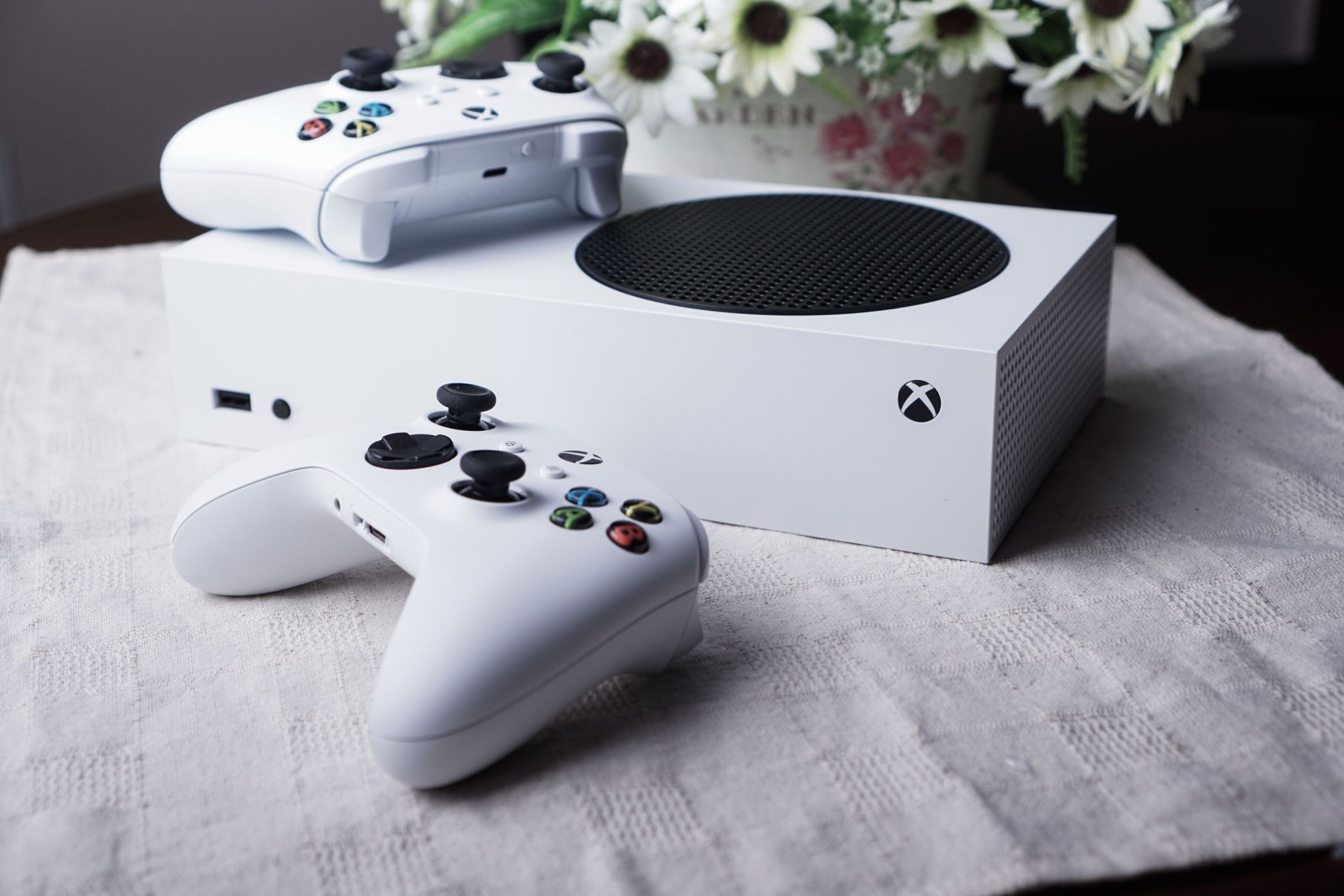How to Update Monitor Drivers
Nearly all computer parts have drivers, including monitors.
Key Takeaways
- You don’t need to update monitor drivers unless you have problems with image quality or functionality.
- Monitor drivers might improve color accuracy or add functionality, though it’s rare.
- To install monitor drivers, go to the manufacturer’s website, download the driver, and follow the on-screen prompts to install it.
You’ve likely been told already that you should always keep your drivers up-to-date. Graphics drivers are especially important for optimal performance. On the other hand, monitors automatically install drivers, and you never even think of updating them. However, could updating monitor drivers improve image quality?
Do I Even Need to Update Monitor Drivers?
Generally speaking, monitors are plug-and-play, so they just work from the moment you plug them in, even without installing drivers. Windows (or any modern OS, really) automatically picks and installs compatible drivers for all peripherals, including monitors, and they typically work without any issues.
You only need to install monitor drivers if you’re experiencing problems, such as a blurry image, poor color balance, no audio (for monitors with speakers), or if you can’t select the native resolution. High refresh rate monitors might have compatibility issues and won’t let you go past a certain figure. If you have a 240Hz monitor but only see 144Hz in Windows, and you know you’re using the right cable and slot, updating the drivers is worth a shot.
A monitor driver typically contains an INF file that tells Windows what model your monitor is. Once you install it, your monitor will have the correct model name set instead of “Generic PnP Monitor.” It should also work correctly, allowing you to select the correct resolution, refresh rate, G-Sync/FreeSync, aspect ratio, color depth and profile, etc. The driver might also include a custom color profile that can improve the color accuracy of your display, though it’s pretty rare.
That being said, there’s always a small possibility that your monitor has received a major driver or firmware update that changed some of its functionality or added a feature. In the case of firmware updates, you’ll probably need to install them separately from the drivers. I can’t stress enough that this doesn’t happen very often. Unlike graphics cards that get a steady stream of new features, monitors are designed to work as intended right from the box. Also, monitors can’t update their firmware over connections like HDMI or DisplayPort. Instead, the monitor requires a USB connection, which most mainstream monitors lack. So, in short, don’t worry about it.
How to Download and Install Monitor Drivers
Monitor drivers are easy to install. Rather than relying on third-party tools that promise to update all your monitor’s drivers, your best bet is to go to the manufacturer’s website directly and download the driver from there.
If you know your exact monitor model name, you’re golden, but if not, you can check the box the monitor came in. If you threw it away, don’t worry. The model name will be on the back, and it’s likely a seemingly random assortment of letters and numbers. Write the model down, and place the monitor where it was.
Go to the monitor manufacturer’s support website (e.g., Dell, HP, AOC, MSI), and navigate your way around the website until you find an option to download drivers. Enter your monitor model name, go to “Downloads” (or equivalent), and download the driver. While you’re here, you might as well download the monitor’s software. You can use it to configure your monitor profiles, colors, brightness levels, etc.
After the driver has been downloaded, run it and follow the on-screen prompts to install it. If it’s an INF file and a few other potential files rather than an EXE (executable), don’t fret. You’ll just have to install it manually. Open the Windows Start Menu and type “Device Manager,” then click to open it. Navigate to “Monitors” and find your monitor. If you have more than one monitor, and all of them show up as “Generic PnP Monitor,” try disconnecting all but the one you’re trying to update. Then, right-click it and select “Update Driver.” Select “Browse my computer for drivers”.
Then select “Browse,” and locate the folder that contains the monitor driver’s INF file.
For me, it was the Windows “Downloads” folder, and after installing it, my secondary monitor’s name and color profiles were updated. If the monitor’s name doesn’t show up immediately, simply restart your computer, and it’ll show up.
If You Encounter Issues, Roll the Driver Back
Monitor drivers occasionally throw a fit and don’t work as intended. When that happens, an easy solution is to roll the drivers back to their original state. Thankfully, this only takes a few seconds. Go to Device Manager and find your monitor, right-click it, and select “Uninstall Device.” Restart your computer, and Windows will automatically install your drivers when you boot the computer up.
If you’re still having issues with your monitor, it might not be the driver’s fault. Check your graphics card driver, and do some research online to see if others are experiencing the same issue with your monitor or graphics card.
Most monitors will work perfectly without any input required from you. Still, installing drivers is almost always worth doing, as it might improve functionality or fix issues. And it’s always nice to see your monitor’s name displayed instead of “Generic PnP Monitor.”














